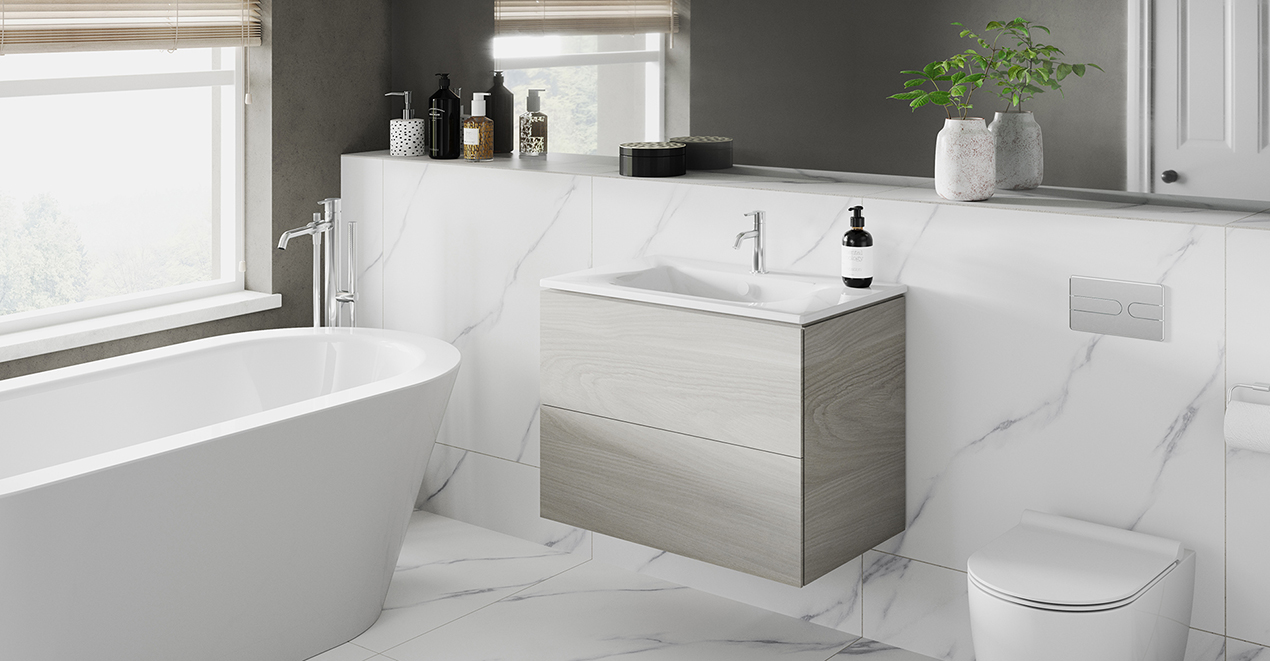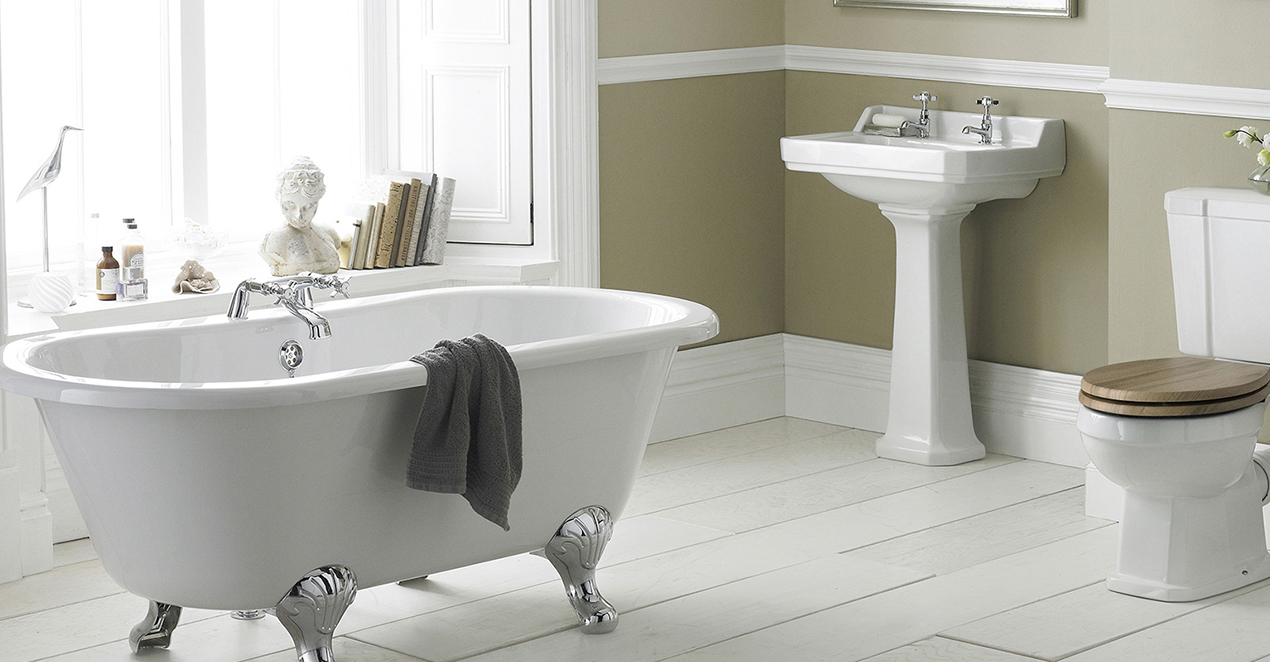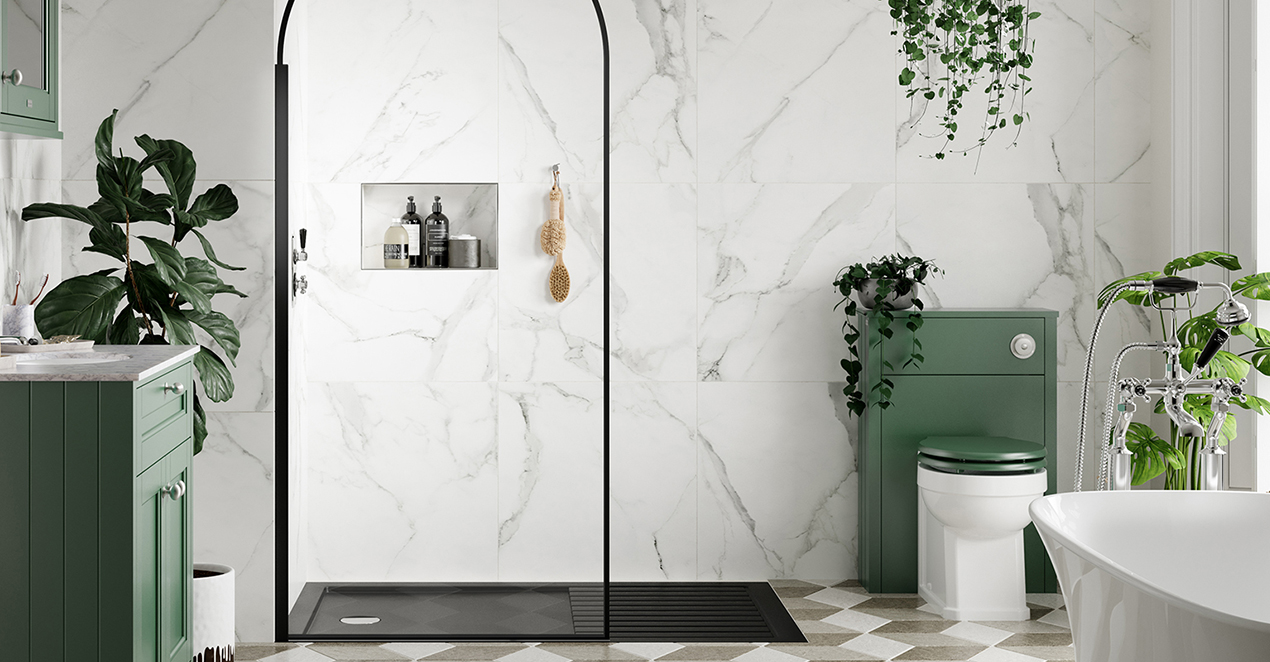How a Bathroom Designer Can Maximise Small Bathroom Spaces
Small bathrooms are a common challenge in many homes across UK, especially in inner-city apartments, older homes, and even modern townhouses. Yet, a lack of square footage doesn't have to mean sacrificing comfort, style, or functionality. With expert planning, clever spatial solutions, and refined design elements, even the tiniest of bathrooms can feel luxurious and spacious.
At Sticks & Stones, we specialise in delivering bathrooms that combine form and function, regardless of size. One of the most effective ways to unlock the full potential of a compact bathroom is to engage a professional — specifically, a Bathroom Designer. These professionals bring not only technical expertise but also creative flair to ensure your space feels much larger and works harder.

The Role of a Bathroom Designer in Space Planning
One of the greatest challenges in a small bathroom is space planning. Without the right layout, a small space can quickly feel cramped and dysfunctional. A seasoned Bathroom Designer understands the nuances of spatial arrangement — balancing ergonomics, aesthetics, and practicality.
Key Considerations in Space Planning:
- Zoning and Flow: Effective zoning ensures your wet areas (shower, bath, basin) and dry areas (toilet, storage) are positioned to reduce water spread and promote user comfort.
- Optimal Fixture Placement: A designer knows how to place a floating vanity to enhance floor visibility, or a wall-hung toilet to create openness.
- Door Swings and Access Points: Thoughtful choices such as pocket doors or outward-opening doors can dramatically improve usability.
Beyond mere measurements, it's the designer's trained eye that identifies where space can be visually or physically “freed up.” The result is a bathroom that not only functions seamlessly but also feels significantly larger.
Smart Storage Solutions Tailored to Small Bathrooms
Storage is one of the biggest pain points in small bathrooms. From toiletries and cleaning products to towels and beauty tools, the volume of items a bathroom needs to accommodate is often underestimated. A designer will incorporate custom and creative storage options that maximise every corner.
Custom Storage Ideas:
- Recessed Niches and Wall Cavities: These are ideal for showers or above vanities, offering storage without protruding into the space.
- Vertical Storage Units: Tallboy cabinets and ladder-style shelving utilise vertical space, keeping the floor area free.
- Built-In Cabinetry with Concealed Handles: Sleek, handle-less cabinetry contributes to a more seamless, modern aesthetic while providing ample storage.
- Mirror Cabinets: These multi-functional items provide essential storage behind a reflective surface, enhancing both form and function.
Every solution proposed by a Bathroom Designer is tailored to your needs and existing infrastructure, avoiding generic one-size-fits-all furniture pieces that often waste space.
Enhancing Visual Space Through Lighting and Materials
When physical space is limited, visual space becomes crucial. Clever lighting and materials can create the illusion of a larger room. A professional designer will integrate lighting schemes, mirrors, and reflective finishes to amplify the sense of spaciousness.
Effective Visual Strategies:
- Large Format Tiles: Using fewer grout lines reduces visual clutter. Light-coloured tiles can also help bounce natural and artificial light.
- Strategic Lighting: Layering ambient, task, and accent lighting gives depth to the room. LED strip lighting under vanities and behind mirrors adds a touch of luxury and visual space.
- Mirrored Walls and Glass Panels: Mirrors reflect light and open up the room. Frameless glass shower screens ensure the space isn’t visually broken up.
- Neutral Colour Palettes: Whites, greys, and light beige tones help keep the atmosphere airy and bright.

Selecting Compact Yet Functional Fixtures
Designing for small bathrooms often means choosing fixtures that are scaled-down without compromising functionality or comfort. A bathroom designer will know how to source and specify items that serve their purpose efficiently and stylishly.
Ideal Fixture Choices for Small Bathrooms:
- Corner Vanities or Basins: These reduce intrusion into the central floor area.
- Wall-Mounted Toilets: These save space and allow for easier cleaning beneath the unit.
- Compact Bathtubs: Freestanding or inset tubs that are shorter but deeper maintain comfort while occupying less floor space.
- Sliding or Bifold Shower Doors: These reduce the need for clearance space, perfect for narrow rooms.
Maximising Natural Light and Ventilation
One often-overlooked area in bathroom design is ventilation. Proper airflow reduces condensation, mould, and odours — crucial in small, enclosed spaces. Natural light, too, has the power to transform how spacious a room feels.
Solutions to Improve Light and Air Flow:
- Skylights or Solar Tubes: If windows are limited, these can introduce natural light from above.
- Frosted Glass Windows: These offer privacy while allowing light in — ideal for urban or multi-residential buildings.
- Exhaust Fans: High-quality, low-noise extraction fans are essential to keep air fresh and dry.
An experienced Bathroom Designer will liaise with your builder or tradesperson to ensure these elements are correctly installed and compliant with UK building codes.
Personalisation and Finishing Touches in Small Bathroom Design
Even the smallest bathroom can reflect personal style. Designers help bridge the gap between functional design and aesthetic value, infusing your personality into a small space through thoughtful decor, material palettes, and layout.
Customisation Options:
- Feature Wall Tiles: A pop of mosaic or terrazzo tile on one wall adds visual interest without overwhelming the space.
- Bespoke Joinery: Custom vanities or shelves are built to fit your bathroom precisely.
- Designer Tapware and Fixtures: Matte black, brushed brass, or polished chrome fixtures elevate the overall look and feel.
- Indoor Plants and Accessories: Well-chosen plants or curated accessories can make even compact bathrooms feel homely and stylish.
The Value of Expert Bathroom Design
Many homeowners initially hesitate to hire a designer, assuming it’s a luxury reserved for large projects. However, this is a misconception. A small bathroom is often where expert input is needed most. The margin for error is smaller, and poor decisions can dramatically reduce comfort and usability.
Benefits of Working With a Bathroom Designer:
- Avoiding Costly Mistakes: With plumbing, tile layout, fixture selection, and lighting, errors can be expensive to fix.
- Time Efficiency: Save hours researching layouts, product sizes, and building codes — your designer has this expertise already.
- Access to Exclusive Products: Designers often have trade access to brands and materials not available through standard retailers.
- Increased Property Value: A well-designed bathroom can increase resale value and appeal to future buyers.

Small Bathroom, Big Potential
Designing a small bathroom doesn’t mean limiting your vision. With the right expert by your side, even the most compact space can be transformed into something that is functional, luxurious, and uniquely yours.
When you partner with a professional Bathroom Designer, you gain access to a depth of knowledge, creative solutions, and practical expertise that ensures your space works hard and looks stunning.
At Sticks & Stones, our designers are passionate about turning challenges into opportunities. Whether your bathroom is nestled in a quaint Victorian terrace or part of a modern high-rise, we’ll help you unlock its full potential.
FAQs
1. Can a bathroom designer work with an existing layout or must it be completely changed?
Yes, a bathroom designer can work with your existing layout and optimise it. However, if the current setup is inefficient, they may suggest slight modifications to improve flow and function.
2. How long does it take to design and install a small bathroom?
Typically, the design phase takes 1–3 weeks, depending on complexity. Installation can take 2–4 weeks. Timelines may vary based on materials, availability, and construction conditions.
3. Is hiring a bathroom designer worth the investment for a small space?
Absolutely. Small bathrooms require precise planning. A designer ensures every centimetre is used effectively, which can prevent costly mistakes and improve long-term functionality.




